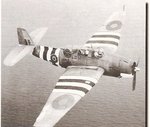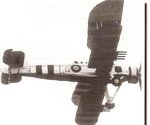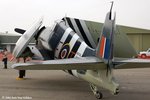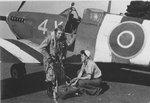Maestro
Master Sergeant
Greetings ladies and gentlemen.
I just found this picture of a RAF Wilcat with invasion stripes. I thought Wildcats were used on carriers only... And (as far as I know) there was no British carriers involved in the D-Day landings, since RAF fighters could take off from land bases in southern UK.
So, does anybody have more information on those Wilcats ? What branch of the RAF (FAA, Coastal Command, Fighter Command) ? Land-based or carrier-based ?
I just found this picture of a RAF Wilcat with invasion stripes. I thought Wildcats were used on carriers only... And (as far as I know) there was no British carriers involved in the D-Day landings, since RAF fighters could take off from land bases in southern UK.
So, does anybody have more information on those Wilcats ? What branch of the RAF (FAA, Coastal Command, Fighter Command) ? Land-based or carrier-based ?













